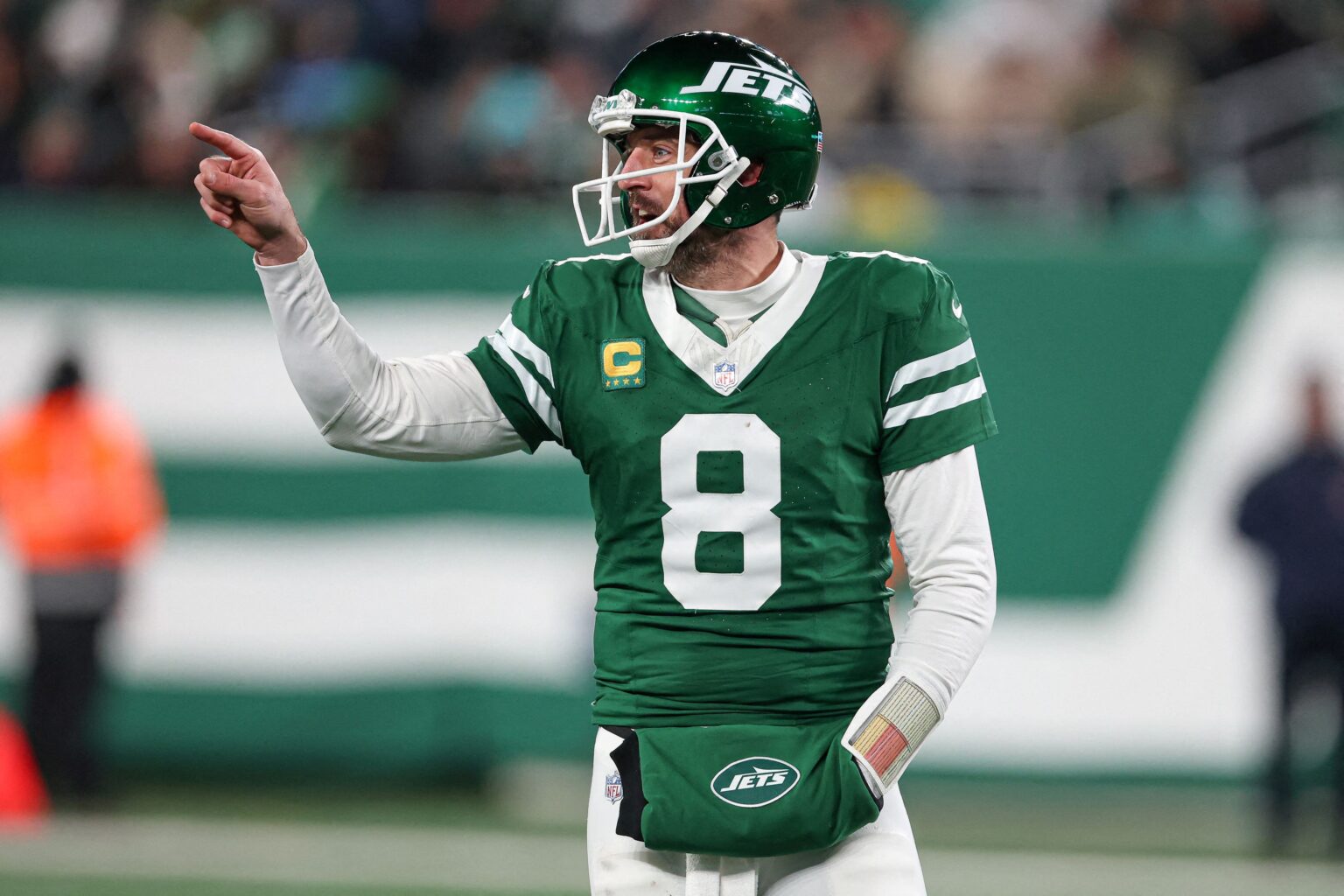High-Profile NFL Quarterback Moves Reshape the 2023 Season Outlook
The long-anticipated decision of NFL legend Aaron Rodgers to join the Pittsburgh Steelers was finally announced this Thursday, aligning with widespread expectations. The future Hall of Famer’s choice to spend the upcoming season in Pittsburgh marks a significant shift in the league’s quarterback landscape, with far-reaching consequences for multiple franchises.
Implications for the Steelers and the AFC North
At 41 years old, Rodgers will lead a Steelers squad eager to re-establish itself among the league’s elite contenders. His arrival signals a strategic gamble by Pittsburgh, aiming to leverage his veteran experience and leadership to reignite their playoff ambitions. The Steelers’ roster boasts a formidable defense, anchored by pass rusher T.J. Watt, linebacker Patrick Queen, and safety Minkah Fitzpatrick, complemented by offensive weapons like wide receiver DK Metcalf, tight end Pat Freiermuth, and running back Jaylen Warren. Under the guidance of head coach Mike Tomlin, the team hopes to break a postseason drought that has persisted since their last appearance in 2016.
Meanwhile, the AFC North remains fiercely competitive, with Lamar Jackson’s Ravens and Joe Burrow’s Bengals consistently challenging for supremacy. Rodgers’s addition positions Pittsburgh as a potential dark horse in the division, although he is expected to be, at best, the third-best quarterback in the division behind Jackson and Burrow. His recent performance with the New York Jets was underwhelming compared to his four-time MVP days, but he still ranked among the NFL’s top 10 in passing yards and touchdowns last season, throwing for nearly 3,900 yards and 28 scores.
From Jets to Steelers: A Turbulent Recent Past
Rodgers’s tenure with the Jets was marred by injury and inconsistency. After tearing his Achilles in his first season, he played only four offensive snaps that year. Last season, he returned to start all 17 games, but the Jets failed to make the playoffs for the 14th consecutive year. Despite the setbacks, Rodgers’s statistical output remained impressive, and he demonstrated flashes of his former brilliance. The Jets’ new management, led by General Manager Darren Mougey and Coach Aaron Glenn, decided to move on, releasing Rodgers in March.
The Steelers’ patience paid off, securing Rodgers after a period of strategic planning. His participation in the upcoming minicamp and training camp underscores their confidence in his ability to contribute immediately. The team’s goal is clear: to secure their first playoff victory in seven years, a feat they last achieved in 2016. With Rodgers at the helm, Pittsburgh hopes to recapture some of his signature clutch performances and leadership qualities that once made him a perennial MVP candidate.
Trade Dynamics and League-Wide Quarterback Movements
While the Steelers secured Rodgers, other teams have already made significant quarterback moves. The Seattle Seahawks signed Sam Darnold in free agency, and the New York Jets replaced Rodgers with Justin Fields, who was acquired from the Chicago Bears. The Las Vegas Raiders traded for Geno Smith, and the Indianapolis Colts added Daniel Jones to their roster, pairing him with rookie Anthony Richardson. The New York Giants bolstered their quarterback room with Geno Smith, Jameis Winston, and drafted Jaxson Dart, signaling a focus on competition and depth.
In the NFC South, the New Orleans Saints face uncertainty following Derek Carr’s retirement, but they invested a second-round pick in Louisville’s Tyler Shough, adding him to a roster that includes Spencer Rattler and Jake Haener. The Falcons, meanwhile, remain cautious about trading away their backup quarterback, Kirk Cousins, despite their interest in him earlier this offseason. They drafted Michael Penix Jr. in the first round last year, who is expected to be their starting quarterback, leaving Cousins in a complex contractual situation with $37.5 million guaranteed remaining.
The Cousins Conundrum and the Vikings’ Strategic Choices
The Minnesota Vikings had the opportunity to pursue Rodgers but chose to stick with their current plans. After a 14-3 season that ended prematurely in the playoffs, they opted not to re-sign veteran quarterback Daniel Jones or pursue a high-profile free agent. Instead, they traded for backup quarterback Sam Howell and are committed to rookie J.J. McCarthy, who missed his entire first season due to injury. This decision indicates a focus on developing young talent rather than chasing immediate veteran upgrades.
Cousins’s hefty contract and the team’s confidence in McCarthy suggest that Minnesota is prioritizing long-term stability over short-term fixes. Despite rumors of a potential trade or release, Cousins remains with the Falcons, where he has expressed a desire to start. However, with Penix Jr. firmly established as the Falcons’ starter, Cousins’s future remains uncertain, and he may have to accept a backup role unless a trade materializes.
Looking Ahead: The 2023 NFL Season and Beyond
The quarterback carousel continues to define the NFL offseason, with each move reshaping team strategies and playoff prospects. Rodgers’s decision to join the Steelers not only alters the AFC North landscape but also rekindles hopes for Pittsburgh’s postseason resurgence. Meanwhile, other franchises are adjusting to new realities, emphasizing youth development and strategic patience.
As the league approaches training camp, all eyes will be on how these new quarterback arrangements translate into on-field success. With the NFL’s evolving landscape, the 2023 season promises to be one of the most intriguing yet, with veteran leadership, emerging talent, and strategic gambles all playing pivotal roles in shaping the championship chase.

